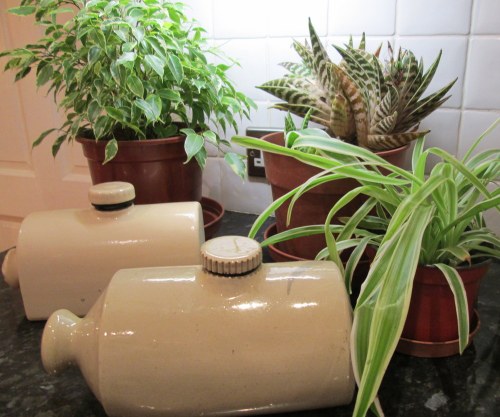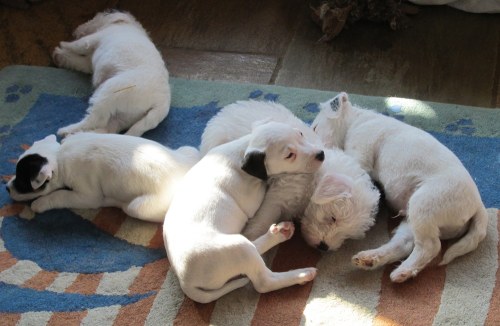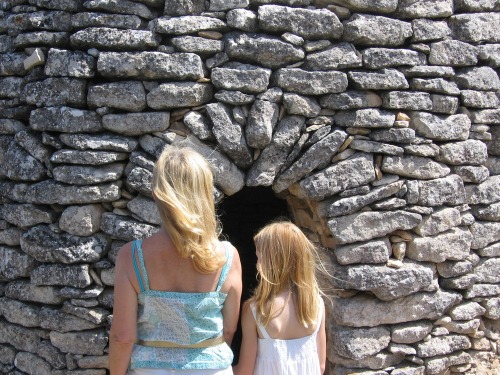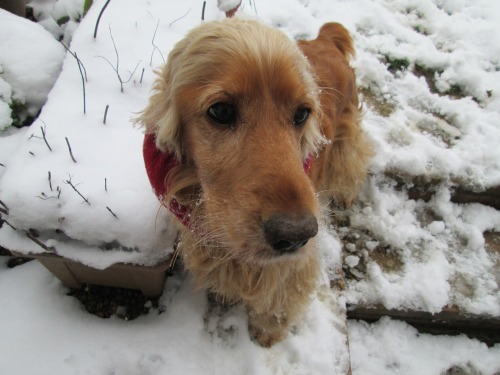WHITE PEBBLE
An empty beach on a winter’s day, calm and clear; gulls, almost motionless, are floating overhead on the wind. The sea is grey silk and there are high wispy clouds in the sky like the day when you were born.
At the end of a breakwater the tide has hollowed a small pool in the sand and a perfect milk white pebble lies in the shallow water, shifted gently by tiny waves at the ebb tide. It seems to be waiting for me and when I pick it up, it sits in my palm, very smooth and quiet. Not as round as an egg nor as flat as a skimming stone. Substantial but not heavy.
I slip it into my pocket and run my fingers over it. I can tell there are no blemishes or bumps. An exquisite oval. I do not need diamonds or emeralds. This soft hard piece of the universe formed millions of years ago, is temporarily in my keeping; one day I shall have to give it back. A week later when I’m out on a chilly walk with my dog Willow I put my hands into my pockets to warm them and there it is again. When I close my fingers together over it, it fills the space completely. Somehow it comforts, reassures.
And for the next two months I find it nestling there each time I wear that jacket until one February day I am no longer content just to hold it and feel it like a secret lover, I must look at it as well, introduce it to my home life. I put it with other smaller stones in a bowl of water where scented white narcissus are flowering. A long time ago when I lived in North America I learned this way of growing bulbs indoors, to charm the long winter months with beauty.
These bulbs are destined to be planted outside when the flowers have faded so the stone is moved to a window sill in a group with three others, a black one is a son, a large brown one, the father and a small beige one is a daughter. Mine is the white mother.
A stone family.



